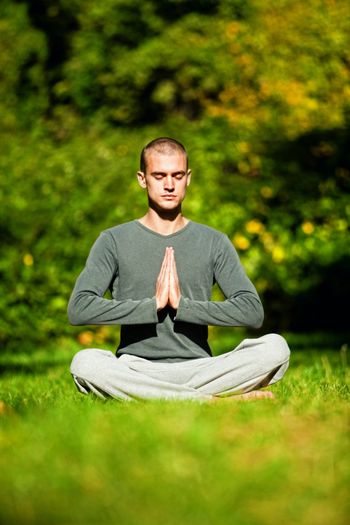Stress affects a large section of the population, frequently leading to bad habits like smoking or overeating. Yoga is a healthier alternative that helps to manage stress and improve general well-being. September is National Yoga Awareness Month, which provides an opportunity to emphasize how yoga may improve your life.
Yoga is well-known for its physical benefits, but it also has a significant impact on mental health and trauma healing. This month, we'll look at how including yoga into your practice can help you manage stress more efficiently and develop a stronger connection between your mind and body.

